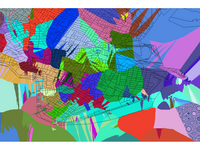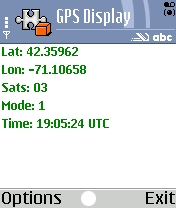Mapserver Wishlist Items
Posted in Locality and Space, Mapserver on April 25th, 2006 at 17:09:16Caching headers. Geoserver has an outstanding JIRA item about this, and a geoserver mailing list post describes the problem:
Putting squid in front of geoserver can help tremendously, but squid is very reluctant to cache anything without proper caching meta-information in the appropriate http headers.
This applies to mapserver as well.
Additionally, when running mapserver behind squid, libcurl sends “Pragma: no-cache” headers, so even if a remote mapserver instance supported caching (which it doesn’t), it wouldn’t be cached when behind a proxy. I think this is fixable by adding ‘Pragma:’ to the header setting code in maphttp.c, but I tried that and couldn’t get it to work.
The combinations of these would make tiling map apps much more realistic, since it would reduce load when requesting tiles from the map server.

 If you’ve been asking this question, I’ve got software which has an answer for you.
If you’ve been asking this question, I’ve got software which has an answer for you.